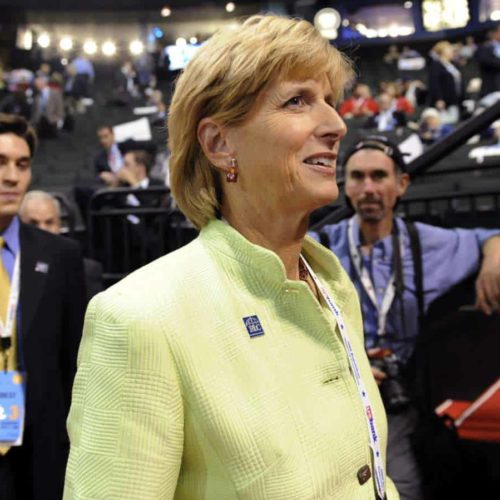Introduction
Christine Todd Whitman, Environmental Protection Agency chief under George W. Bush, urged the EPA Tuesday to use its authority under the Clean Air Act to impose stricter safety standards on American chemical facilities vulnerable to accidents or terrorist attacks.
“I cannot understand why we have not seen some action when the consequences of something happening are so potentially devastating,” Whitman said in a teleconference that included representatives of labor and environmental groups.
As Bush’s EPA administrator, Whitman was prepared to unveil a proposal requiring chemical plants to use safer processes in the months after 9/11. Under the Clean Air Act’s general duty clause, Whitman said, the EPA had the authority to require hazard reduction at facilities at risk of catastrophic chemical releases.
But the plan was scuttled by the White House, which maintained that chemical hazards could be better addressed by legislation, Whitman said. Congress had moved quickly to pass bills on water safety and bioterrorism, and the EPA thought it was “on the right track” to pass a bill on chemical security as well.
Bob Bostock, Whitman’s homeland security adviser at the time, said EPA officials expected litigation from the chemical industry if it used the general duty clause. “It wasn’t so much that we were afraid we’d lose the litigation,” Bostock said. “We didn’t want to be tied up in litigation for years and years, leaving this unaddressed.”
Legislation never came. Now, Whitman and others are pressing the EPA to act on its own. In March, the National Environmental Justice Advisory Council wrote a letter to EPA Administrator Lisa Jackson, asking her to use the general duty clause to address the “catastrophic risks” associated with current regulations. Whitman wrote her own letter to Jackson in April, also urging EPA action.
A few weeks ago, more than 100 labor, environmental and public health organizations signed a letter asking President Obama to “take executive action to ensure that high-risk chemical facilities fulfill their obligation under the Clean Air Act … ” The letter quotes then-Sen. Obama’s own 2006 reference to chemical plants as “stationary weapons of mass destruction spread all across the country.”
Whitman acknowledged the difficulty of EPA action given this year’s election and the anticipated pushback from industry and the chemical lobby. But Jackson at least has “a White House that is willing to move forward,” Whitman said. If Obama does not get reelected, she said, it will be “even more difficult” to convince the EPA to use its Clean Air Act authority.
Although Whitman never received an official response to her April letter, she said Jackson had given a “green light for internal assessment” of the chemical security issue. The question, Whitman said, is whether anything will be done.
“The likelihood of something happening before the election is very slight,” Whitman said. “But we cannot continue to let politics trump policy. We’ve got to draw the line at some point.”
In an email to the Center for Public Integrity Tuesday evening, an EPA spokeswoman wrote, “We’re not going to comment on internal discussions, but no decisions have been made.”
Some chemical companies oppose EPA action by pointing to the Department of Homeland Security’s Chemical Facility Anti-Terrorism Standards (CFATS), an interim set of standards passed in 2006 that asks high-risk facilities to assess and report on their security procedures.
Scott Jensen, a spokesman for the chemical industry’s main trade group, the American Chemistry Council, said in a statement that CFATS has “improved security for thousands of facilities.”
Yet CFATS exempts thousands of plants, including about 2,400 water treatment facilities and most oil refineries. It also explicitly bars the Department of Homeland Security from requiring specific security measures, such as adopting safer processes.
Industry officials say chemical security is being addressed by CFATS and EPA action would be duplicative.
But Rick Hind, legislative director for Greenpeace, said, “It’s not a question of duplication. It’s a question of cracks the size of the Grand Canyon. The majority of the industry is escaping.”

Join the conversation
Show Comments